An important return, full of memory and meaning, accompanies the reopening of the Civic Archaeological Museum of Sarteano (Siena). After two months of closure for upgrading works, the museum, since last July, once again welcomes the community and visitors with the exhibition The kylix of Kleophrades returns to Sarteano, an exhibition that is part of the regional project Etruschi 85/25, promoted by the Region of Tuscany and organized by the Fondazione Musei Senesi and the Association of Archaeological Museums and Parks of Tuscany, in collaboration with the Municipality of Sarteano, SarteanoLiving and the Civic Archaeological Museum itself, as part of Valdichiana 2026. The star of the exhibition, on view until Nov. 2, on loan from the Archaeological Museum of Bologna, is a precious Attic kylix (i.e., a wine cup), with red figures, made in the fifth century B.C. and attributed to the Athenian ceramographer Kleophrades. It is one of the most significant finds unearthed in the Etruscan necropolis of Solaia, an area that in the 19th century was the focus of excavation campaigns that resulted in the dispersal of a vast archaeological heritage.
This precious wine cup is decorated with a series of scenes illustrating some of Theseus’ most famous exploits, harmoniously distributed along the entire surface. On the A side we see the hero confronting one of his opponents, Cercion, who tries in vain to resist while being immobilized. The scene is separated by an olive tree, with a chlamys hanging from the branches, from the next, in which Theseus measures himself against Procrustes: the hero wields a hammer and grabs him by the shoulder, while the giant, bent low, seeks support on a boulder. On the B side, on the other hand, the fight with the bull of Marathon appears, depicted on the ground with his legs bound by a rope that Theseus tightly clutches. Here, too, an olive tree marks the transition to the next scene, in which the hero confronts Sciron, caught at the moment he is plunged from a rock. Inside the cup, in the central medallion framed by a meandering band, is depicted the confrontation with the Minotaur: Theseus, naked and with his sword drawn, holds the monster by the arm and pushes him to the ground with his foot, ready to strike.
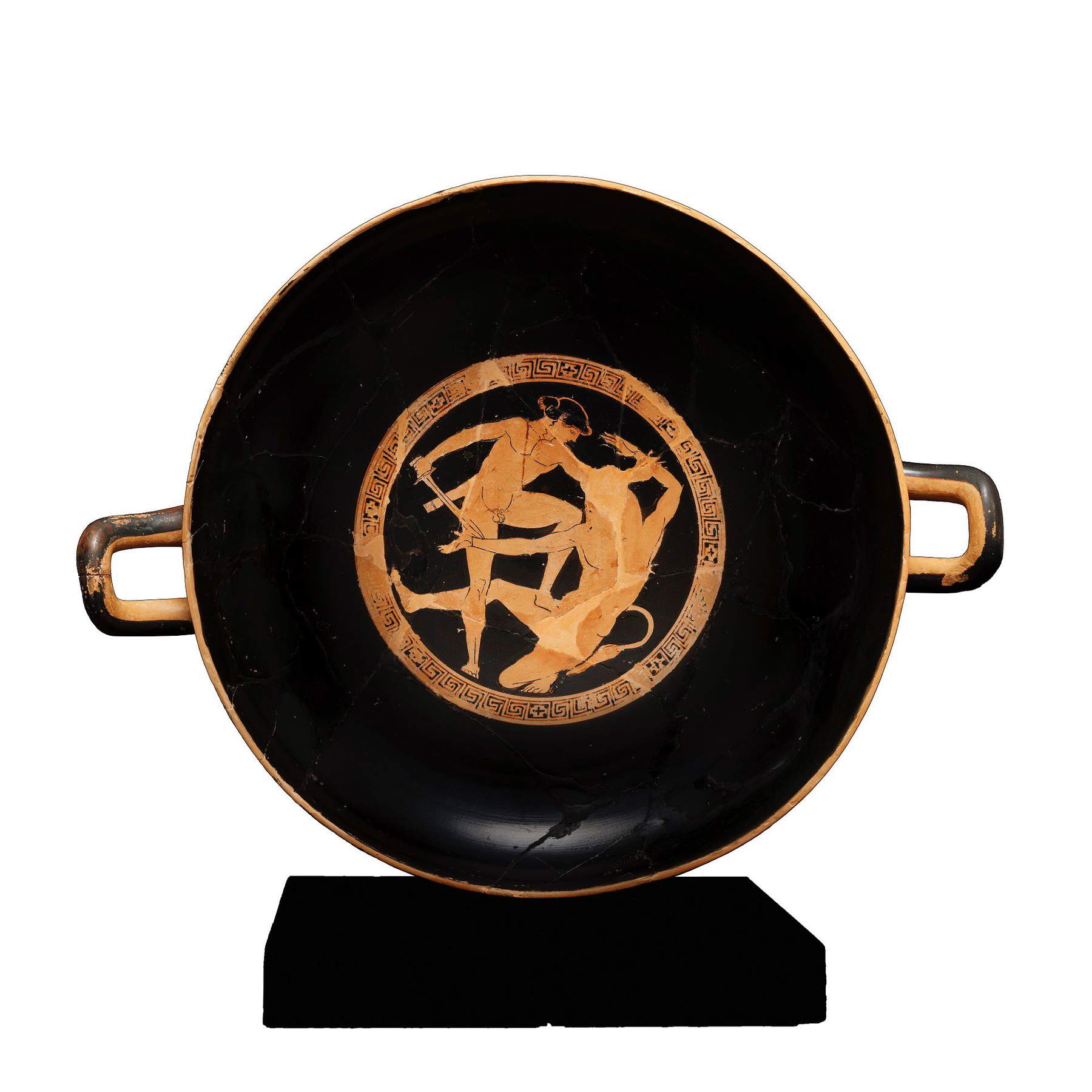
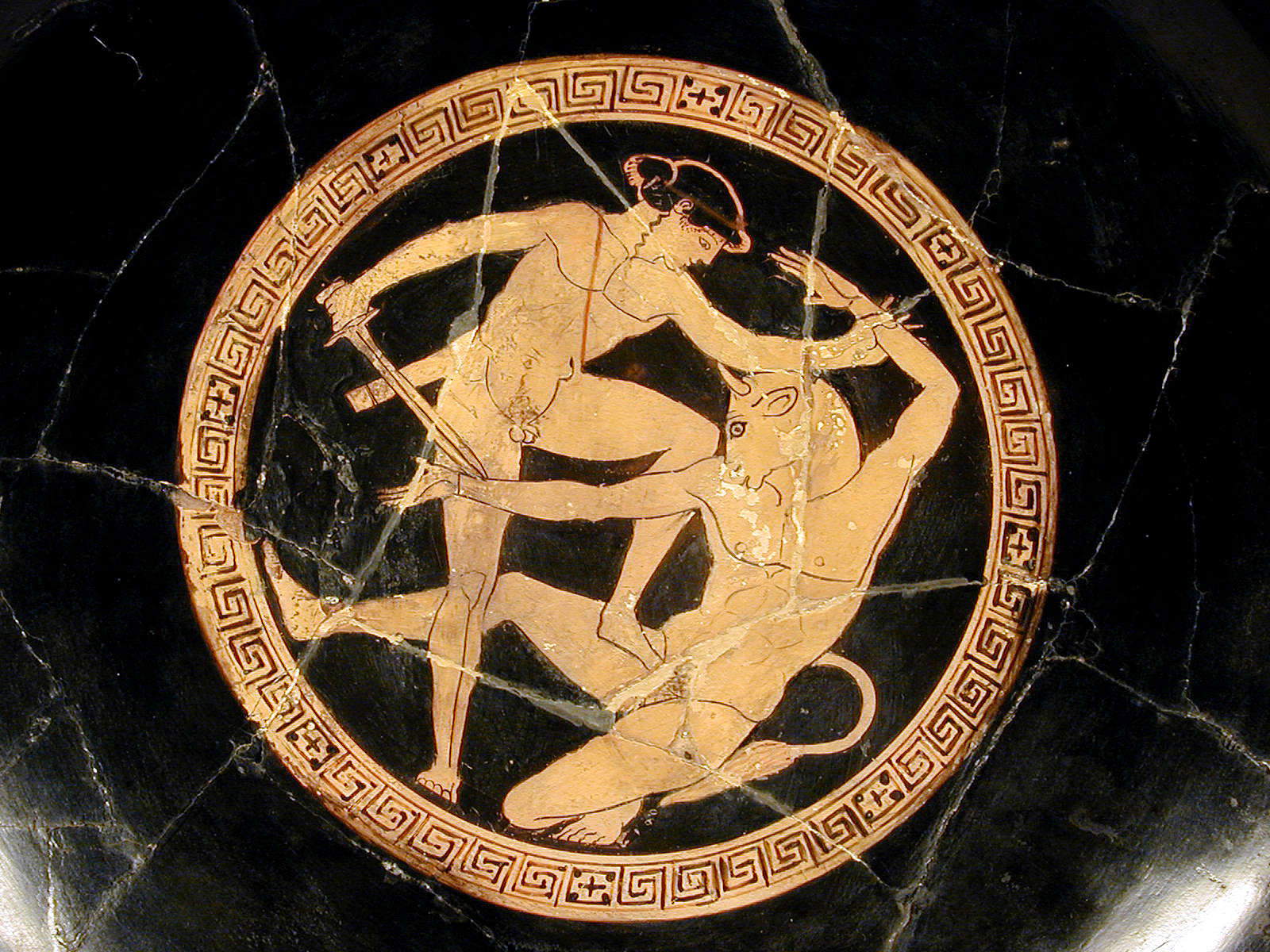
The work testifies not only to the artist’s technical skill but also to the fortune that the Theseus myth experienced in Athens. Indeed, the hero became an identity and political symbol of the city, embodying the role of guide and defender of Greece. The style of the painter, a pupil of Euthymides, reflects the consolidation of the red-figure technique after the experimental phase of the pioneers, and is distinguished by its ability to combine narrative complexity and compositional balance.
The kylix originally belonged to the Borselli collection, one of the many private collections that sprang up in the nineteenth century in the wake of antiquarian demand and the commercialization of artifacts. From there, through passages and transfers, the vase came to the Archaeological Museum in Bologna, where it is kept today and from which it has left only on very rare occasions, including an exhibition at the Louvre. Its presence today in Sarteano represents a return, albeit temporary, to its origins, offering a unique opportunity to reflect on the cultural diaspora that has marked the territory.
The phenomenon of dispersion does not only concern Solaia. Many artifacts, mined during the 19th and early 20th centuries, ended up in museums and collections throughout Italy and Europe. Among the most significant examples are the Bargagli collection, now the core of the Archaeological Museum of Siena, and the Fanelli collection, preserved in Florence. These materials, now valuable historical evidence, at the same time tell of the fragmentation of a collective memory that archaeological research and protection policies seek to recompose.
Beginning in the 1950s, systematic excavations by the Soprintendenza Archeologica made it possible to recover an important part of that heritage, returning finds of great cultural value now housed in the Museo Civico di Sarteano. To these were added in the 2000s materials from the Palazzina and Pianacce necropolises, thanks to targeted protection and acquisition interventions.
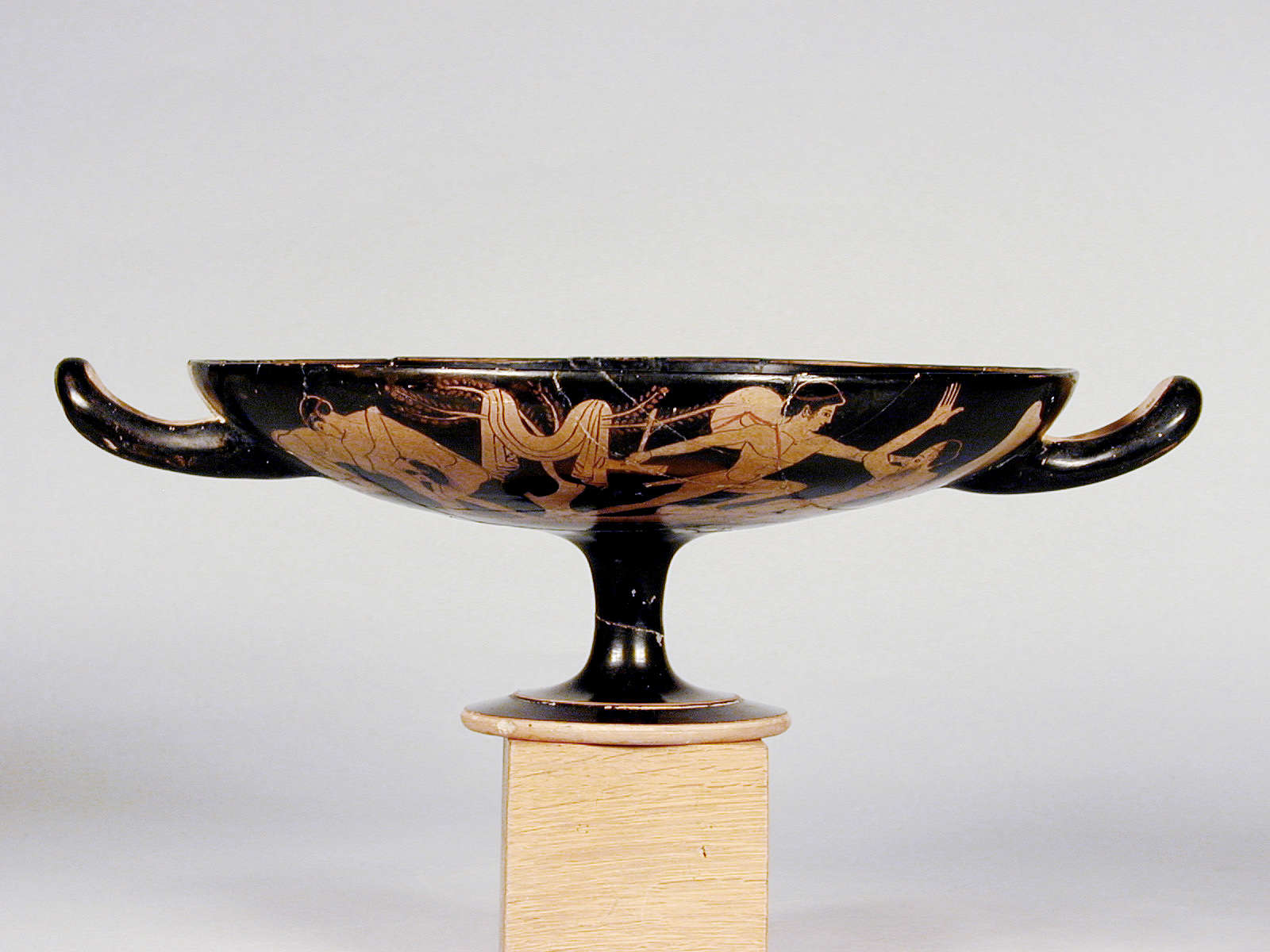
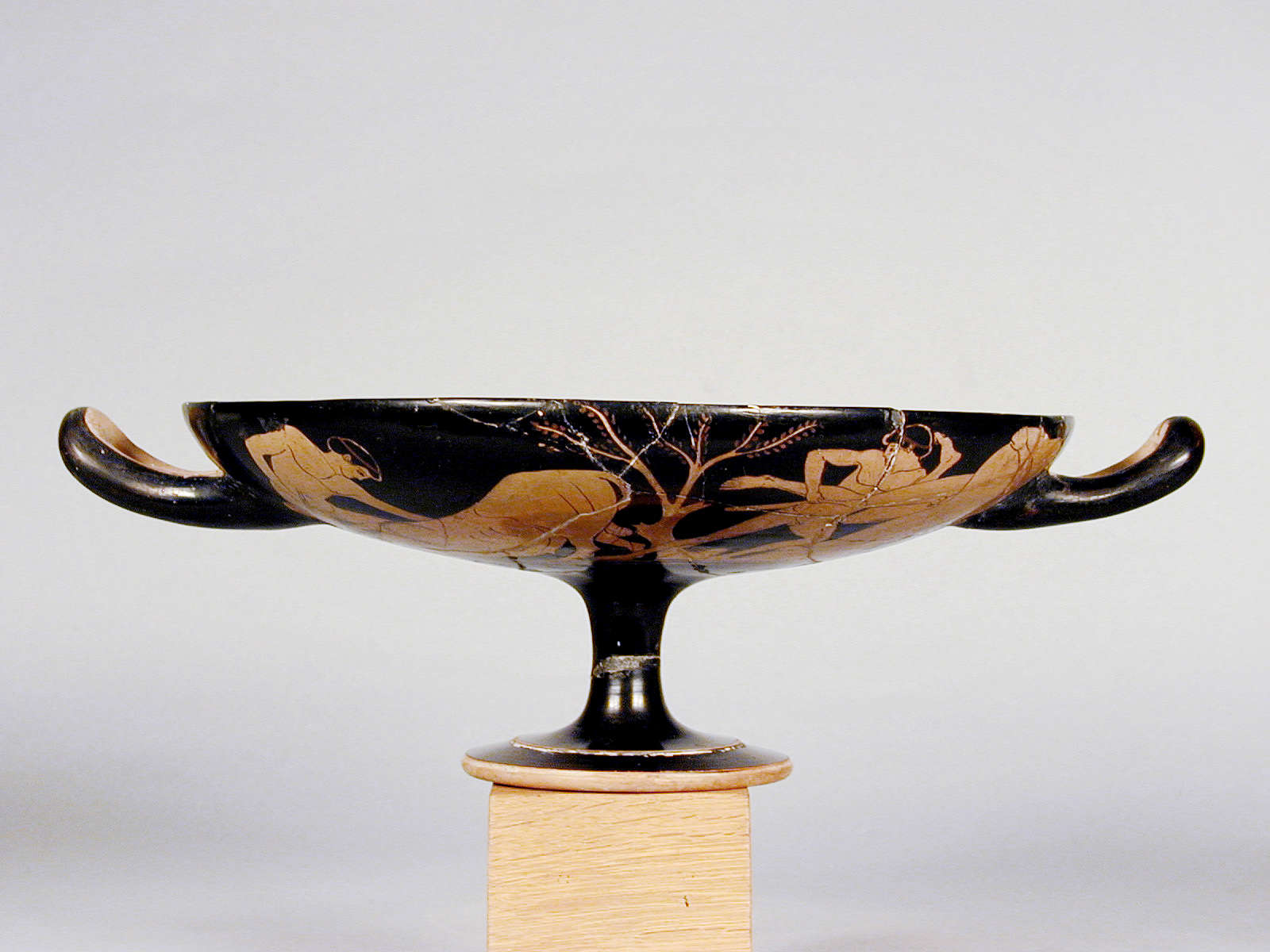
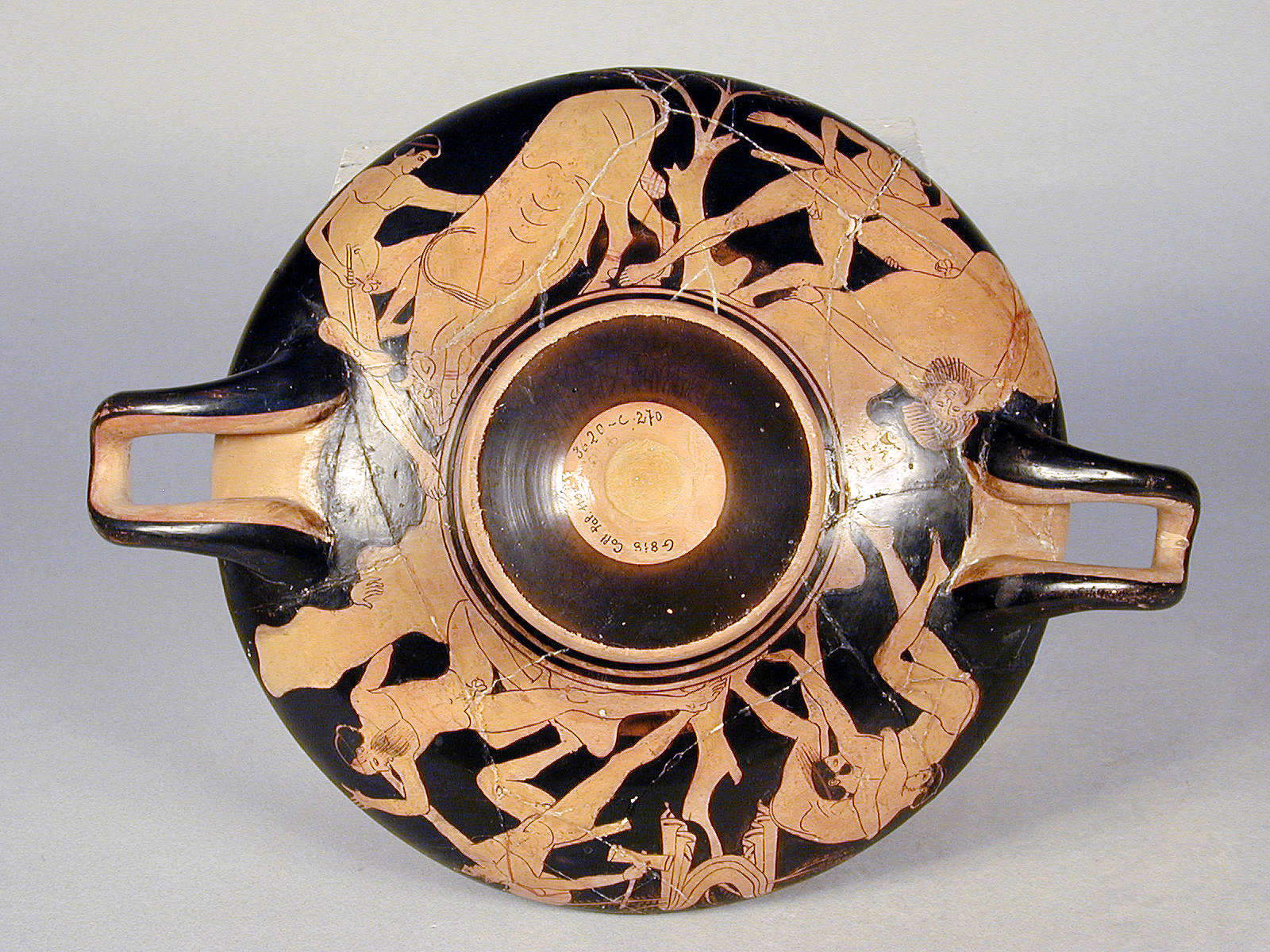
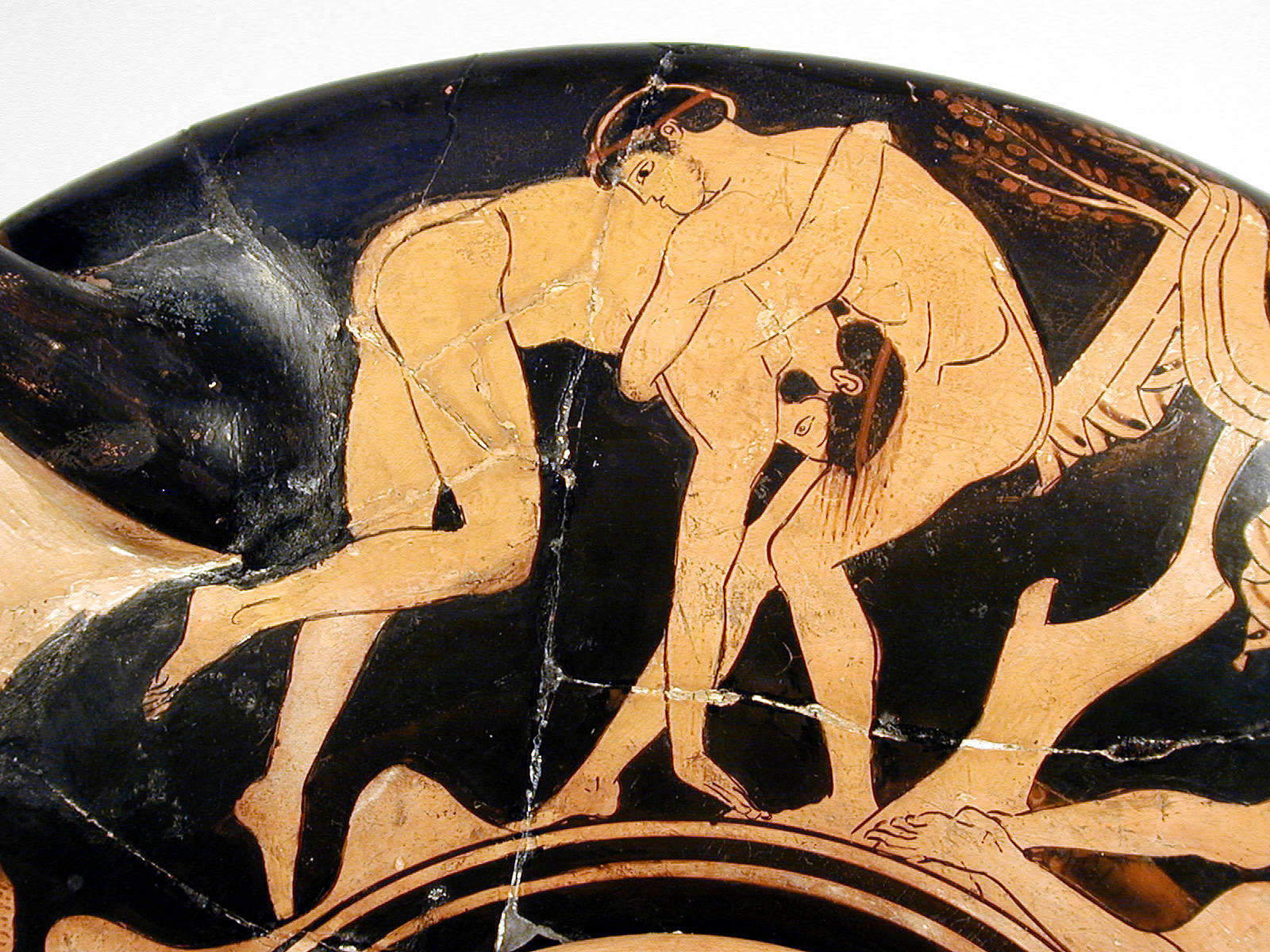
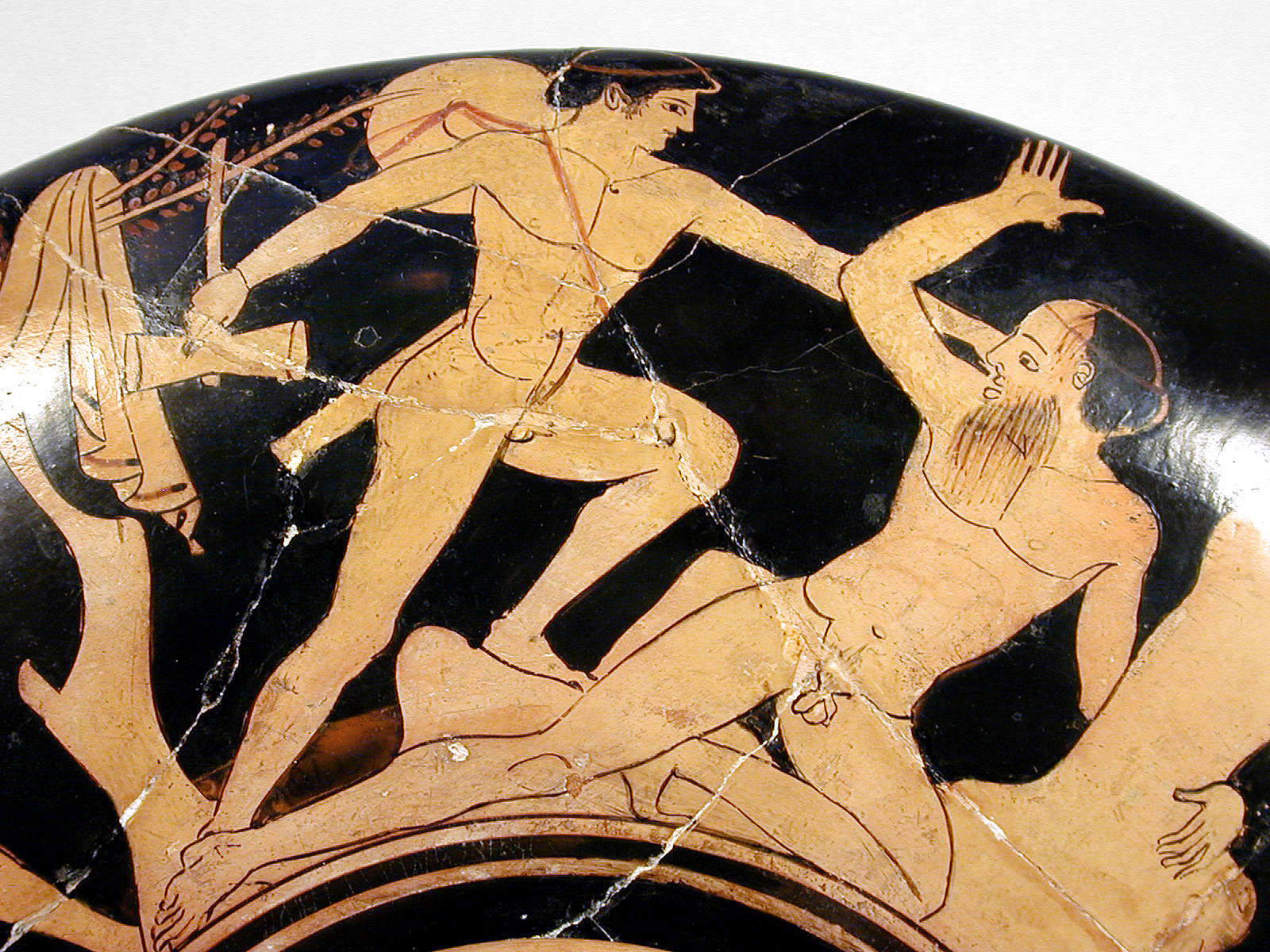
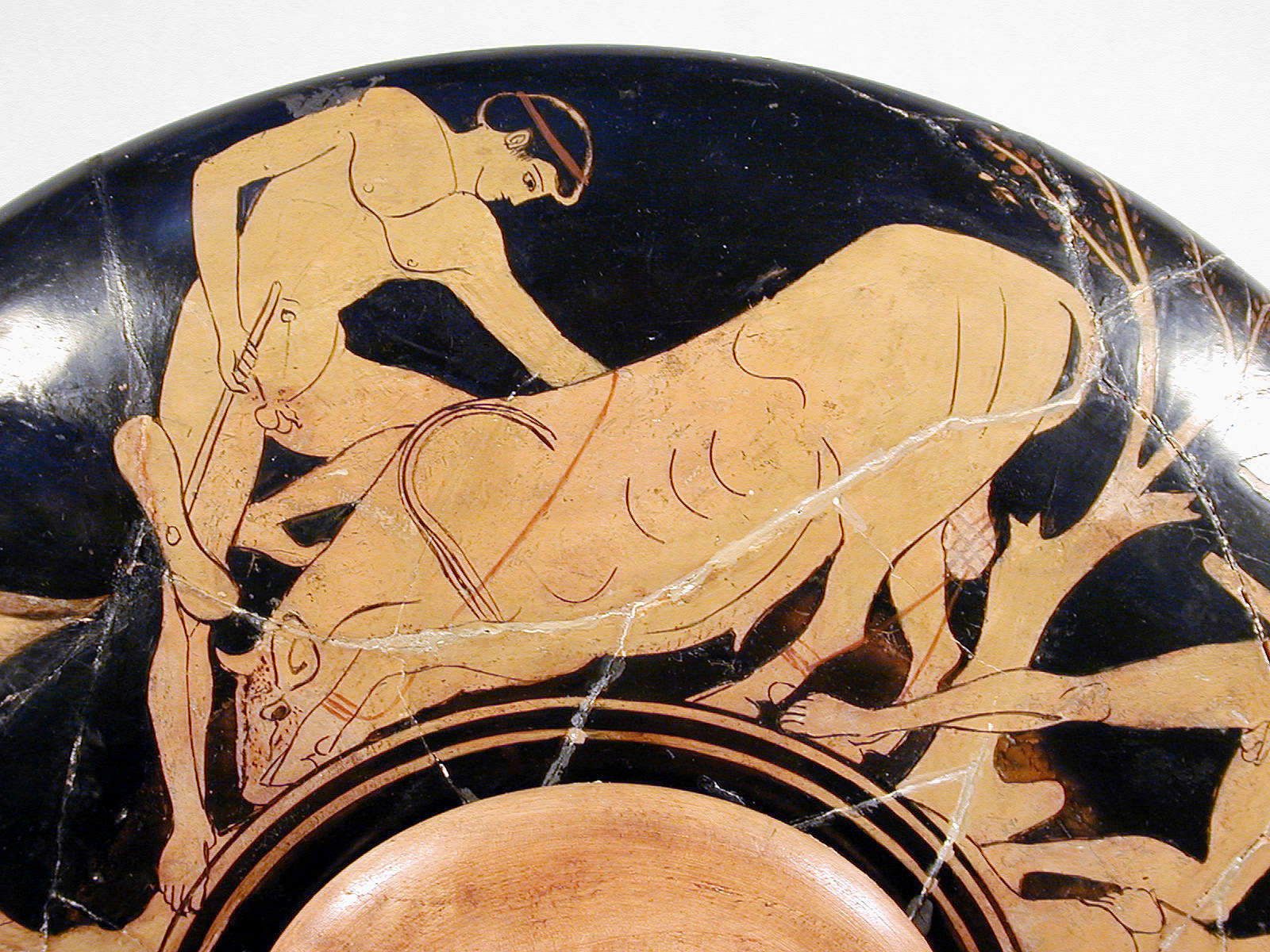
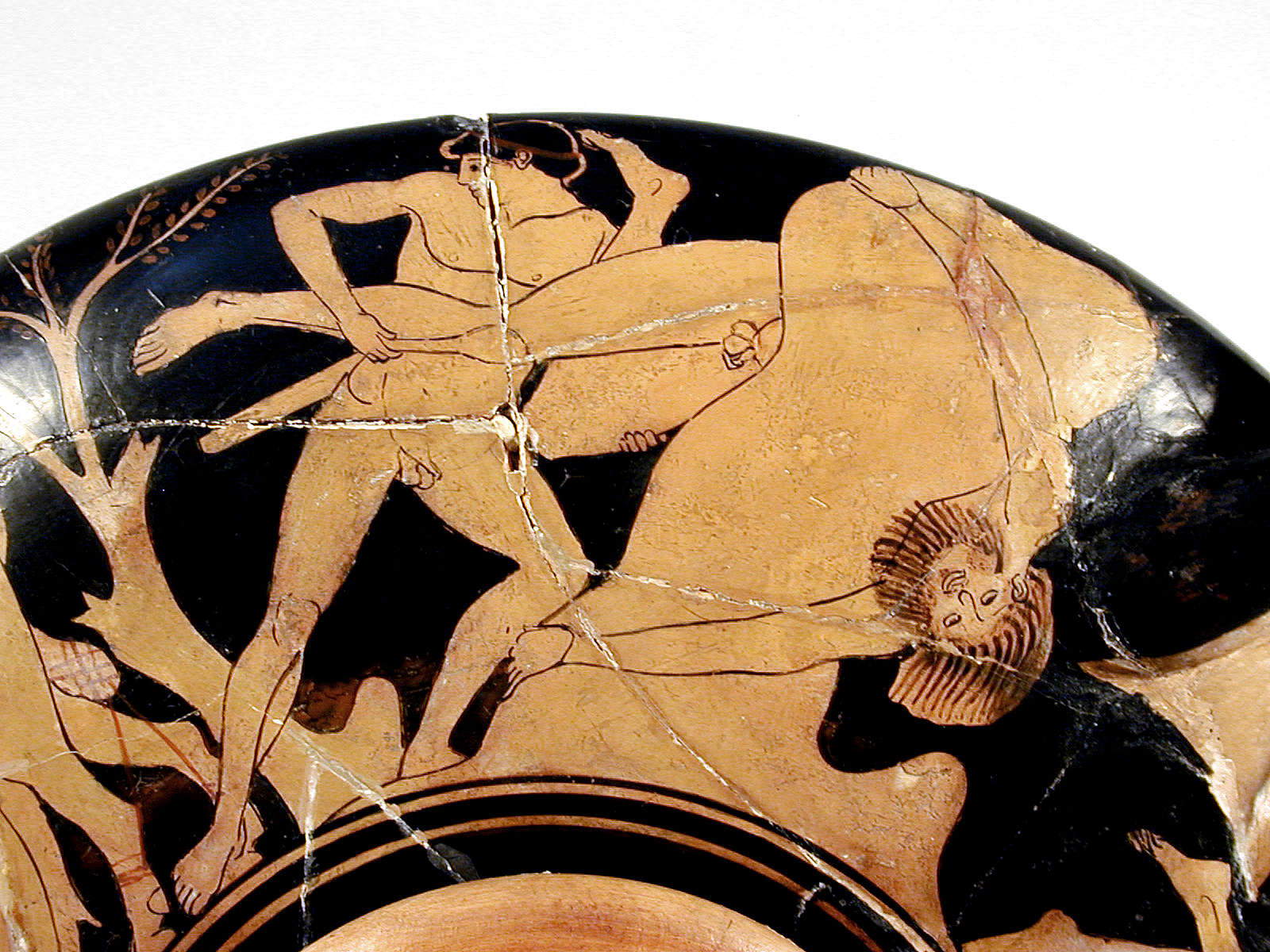
The exhibition dedicated to the kylix thus becomes a moment of confrontation between past and present, between what has been lost and what has been recovered. It draws attention not only to the “cities of the dead,” the Etruscan necropolises that dot the Sienese landscape, but also to the “cities of the living,” the settlements, daily activities and expressions of life of an Etruscan community that has left deep traces in these lands that have yet to be fully investigated.
The initiative, as mentioned, is part of the larger Etruscan Project 85/25, which aims to enhance the Etruscan history and heritage in the Tuscan territory forty years after the first major research and promotion project and twenty-five years after the most recent campaigns.
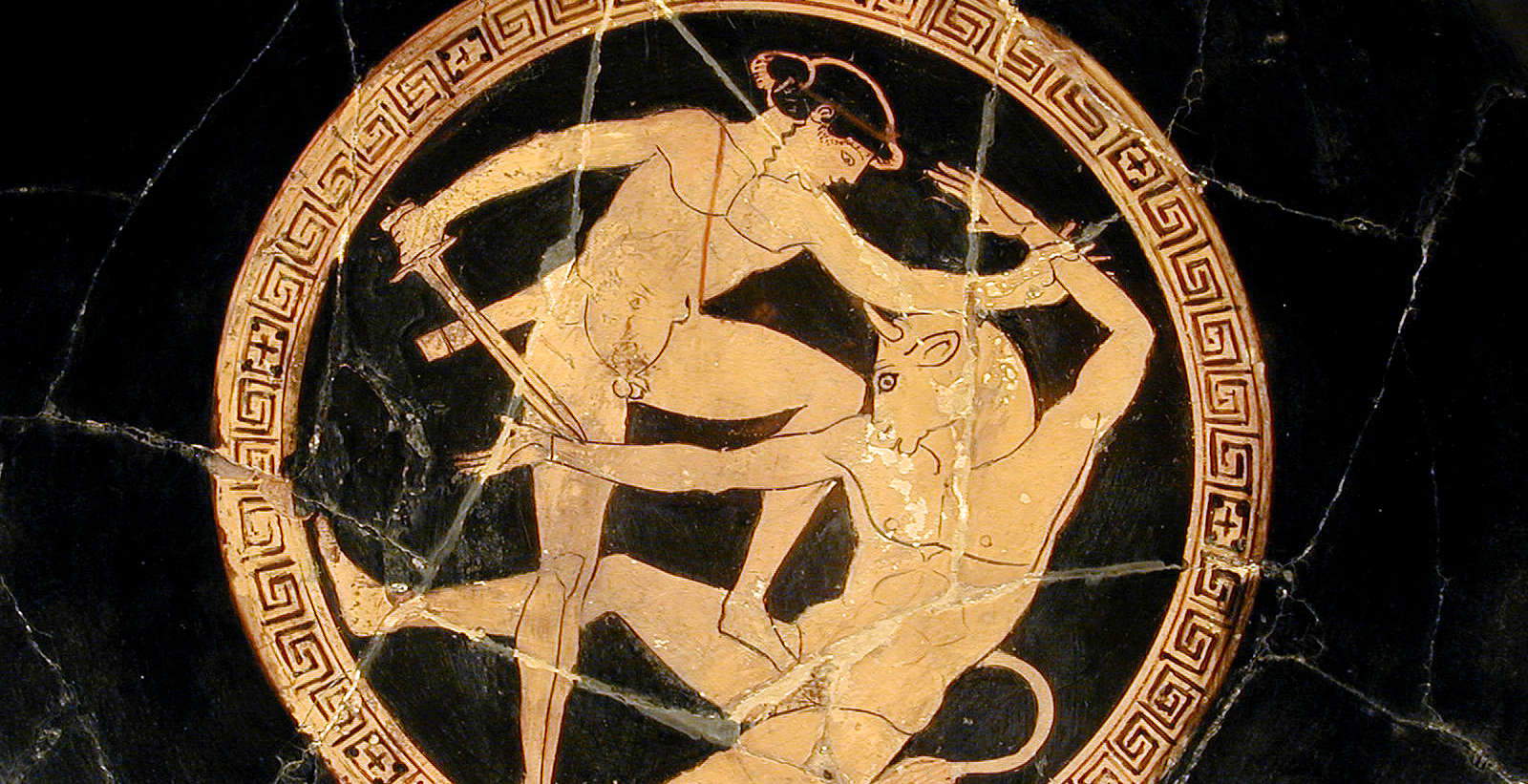 |
| Tuscany, Kleophrades' kylix returns to Sarteano after centuries of dispersal |
Warning: the translation into English of the original Italian article was created using automatic tools. We undertake to review all articles, but we do not guarantee the total absence of inaccuracies in the translation due to the program. You can find the original by clicking on the ITA button. If you find any mistake,please contact us.